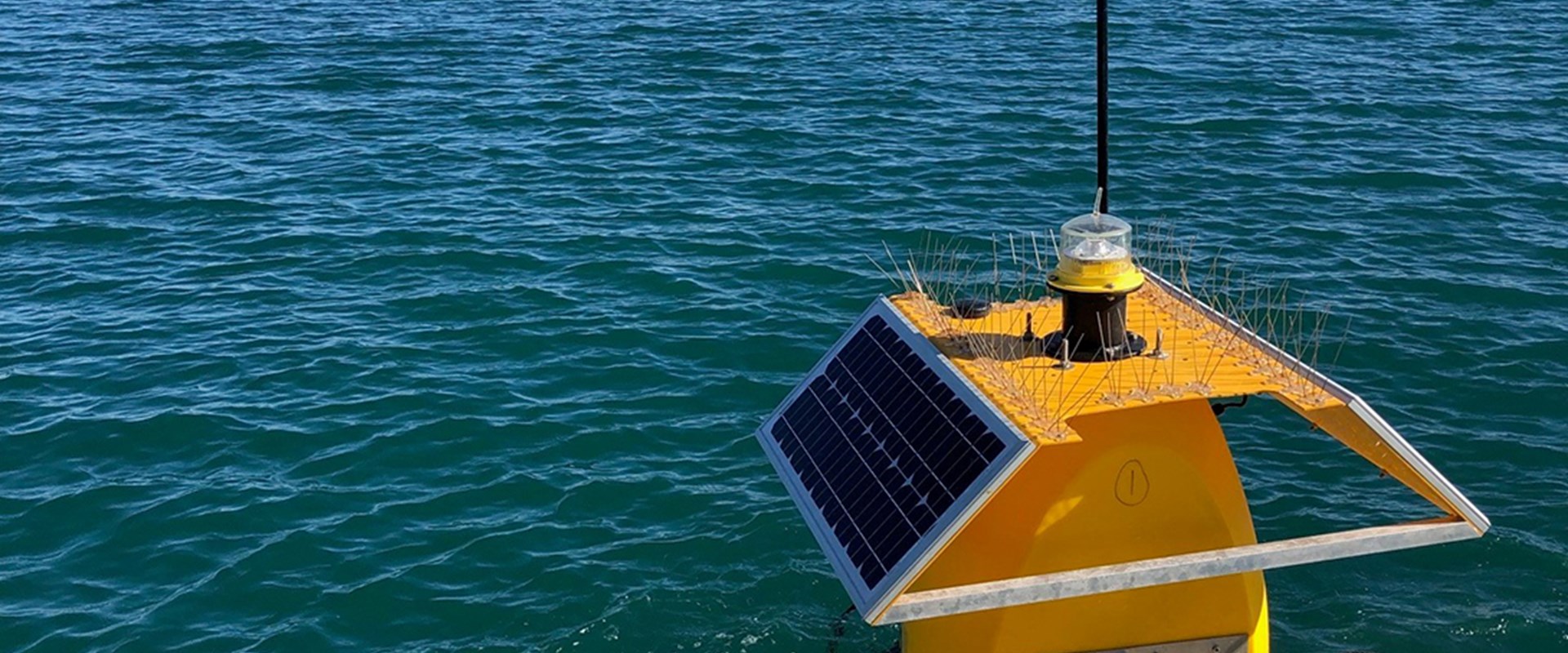
Shipping channel upgrade: Australia
Boosting the economy while preserving the environment.
14 December 2019
Port Adelaide’s Outer Harbor shipping channel needed widening to allow wider container vessels to enter the port. Still, the channel lies within an environmentally sensitive area supporting a range of values, including a dolphin sanctuary, seagrass meadows and commercial fisheries.
Following planning approval in May 2018, Flinders Port Holdings Pty Ltd, which own and operate the port, removed and relocated over 1.6 million cubic metres of dredged material whilst maintaining a range of sensitive environmental values.
It was the first time in 15 years that large-scale dredging had occurred in South Australia. There was much public interest in the impact on fisheries, water quality, coastal processes, and the seagrass meadows supporting marine animals. Flinders Port engaged our services to undertake an environmental assessment that helped ecological approvals.
Over three years, our role grew to include marine ecological surveys, water quality modelling and monitoring, dredge auditing, obtaining downstream approvals and supporting stakeholder engagement. Our work was critical in setting the conditions under which dredging would occur and operating the dredge contractor.
Before the dredging began, an outbreak of Pacific Oyster Mortality Syndrome (POMS) occurred, which had the potential to spread to commercial oyster leases through dredging activities, and previous outbreaks had decimated commercial oyster leases in Eastern Australia. We worked with the Department of Primary Industries and Regions SA to determine the likelihood of the virus spreading through dredging and, ultimately, to help remove at-risk bivalves (potential carriers of the disease) within the dredge footprint to reduce the likelihood of spreading the virus. We also worked with the environmental regulator and dredged contractor to agree on a dredge methodology and real-time water quality monitoring framework to limit the project’s impact on the environment.
Thanks to our outstanding reputation for quality technical work and our efforts over nearly three years, we were able to help Flinders Ports to build a trusted relationship with the environmental regulator. The real-time water quality monitoring framework we developed and implemented also allowed the work to be completed within the approval conditions set by the State Government. Our before and after surveys will be critical for demonstrating that dredging was undertaken environmentally sensitively.
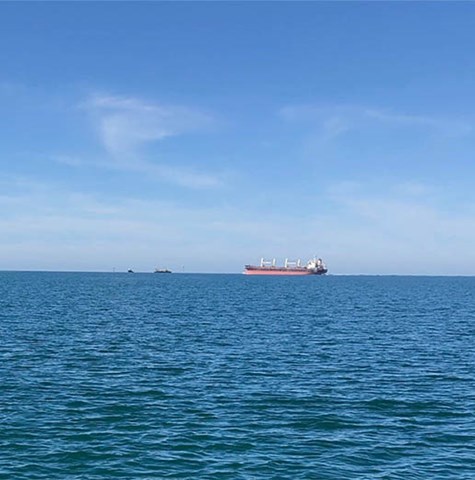
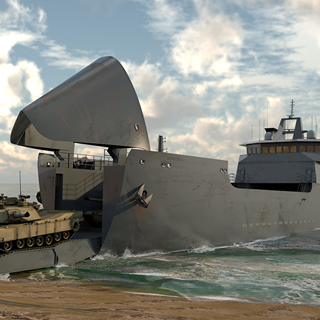
26 February 2024
BMT offers a rich portfolio of design services for specialised vessels, this capability is particularly relevant given the focus of the Australian Defence Strategic Review on enhancing the Army's amphibious capabilities in littoral environments.
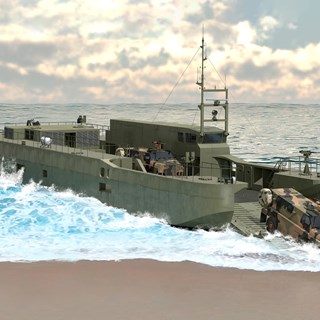
5 May 2022
BMT has teamed with local defence industry leaders Raytheon Australia and Austal to deliver the new Australian Independent Littoral Manoeuvre Vessel, or ILMV for the Australian Army
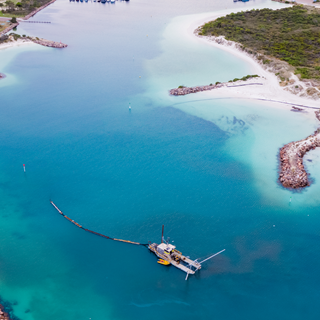
28 September 2020
Driving environmental value and risk-informed decision making will ensure that maintenance dredging continues into the future to sustain the Port’s and Ocean’s critical depths.
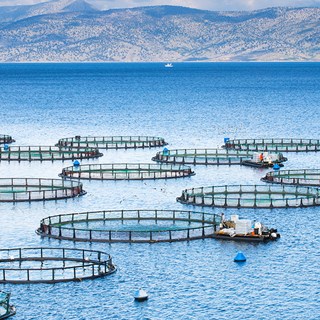
15 June 2020
Blue Economy Cooperative Research Centre (CRC) announces commencement of its research program with commissioning of 17 scoping projects, with BMT’s collaboration to boost ties between industry, researchers and the community.